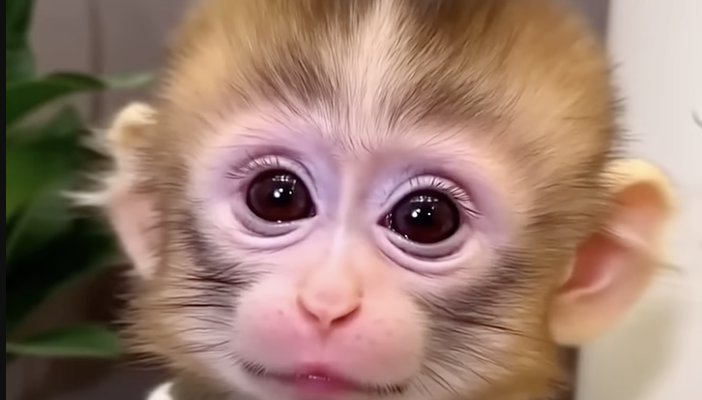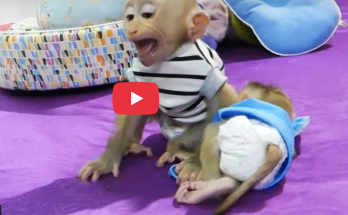The Joyful Sight of a Monkey Eating Fruit: A Glimpse into Nature’s Simplicity
Monkeys, often regarded as one of the most intelligent and playful creatures on Earth, have long captured the curiosity of humans. Their expressive faces, agile bodies, and vibrant social behaviors make them fascinating to observe. One of the most delightful sights is a monkey sitting in the trees, casually eating fruit. This simple activity reveals much about their diet, their role in the ecosystem, and the natural connection between wildlife and their environment.
Monkeys are omnivorous, meaning they eat a variety of foods, including plants, insects, and small animals. However, fruits make up a large portion of their diet. From bananas and mangoes to papayas and berries, monkeys are often seen picking and devouring fruits found in the wild. Their hands, much like ours, are highly adapted for gripping and peeling, making them excellent at harvesting fruit from trees. With nimble fingers and sharp teeth, they break open fruit to expose its juicy flesh, savoring every bite with evident pleasure.
In tropical forests, where monkeys like capuchins, spider monkeys, and macaques are most commonly found, the availability of fruit is plentiful. These forests serve as natural grocery stores for these creatures, offering an array of nutrient-packed foods that provide the essential vitamins, sugars, and fibers monkeys need to thrive. Eating fruit isn’t just about survival for monkeys—it’s also about enjoying the sensory experience. The sweetness of a ripe mango or the tanginess of a wild orange seems to bring out the playful nature of these animals. It’s almost as if the monkeys are savoring each bite, displaying a level of appreciation for nature’s bounty.
Monkeys play a vital role in seed dispersal, especially when they eat fruit. As they consume various fruits, they inadvertently spread seeds throughout the forest. Some of these seeds pass through their digestive systems, emerging unharmed and ready to germinate elsewhere. In this way, monkeys help maintain the health of their ecosystems, encouraging the growth of new plants and trees. The relationship between monkeys and fruit trees is a perfect example of mutualism in nature, where both parties benefit from the interaction.
Interestingly, the act of eating fruit also provides insight into the social structure of monkey troops. Monkeys are often seen sharing food with each other, especially in species where bonding is an important part of survival. This sharing reinforces social ties and strengthens group cohesion. In some cases, a dominant monkey may claim the best fruit, while others wait patiently for their turn. This hierarchy adds a layer of complexity to the simple act of eating, highlighting the intricate social dynamics within monkey communities.
Overall, watching a monkey eat fruit is a reminder of the beauty and simplicity of nature. It is a moment that connects us with the wild, showing us the importance of preserving natural habitats where such interactions can continue. Whether in a jungle, a savanna, or a forest, the image of a monkey enjoying its meal is a testament to the harmony between wildlife and the environment.https://youtube.com/shorts/oVZ82StomJ4?si=-N1In0zVYJE4vvDu



